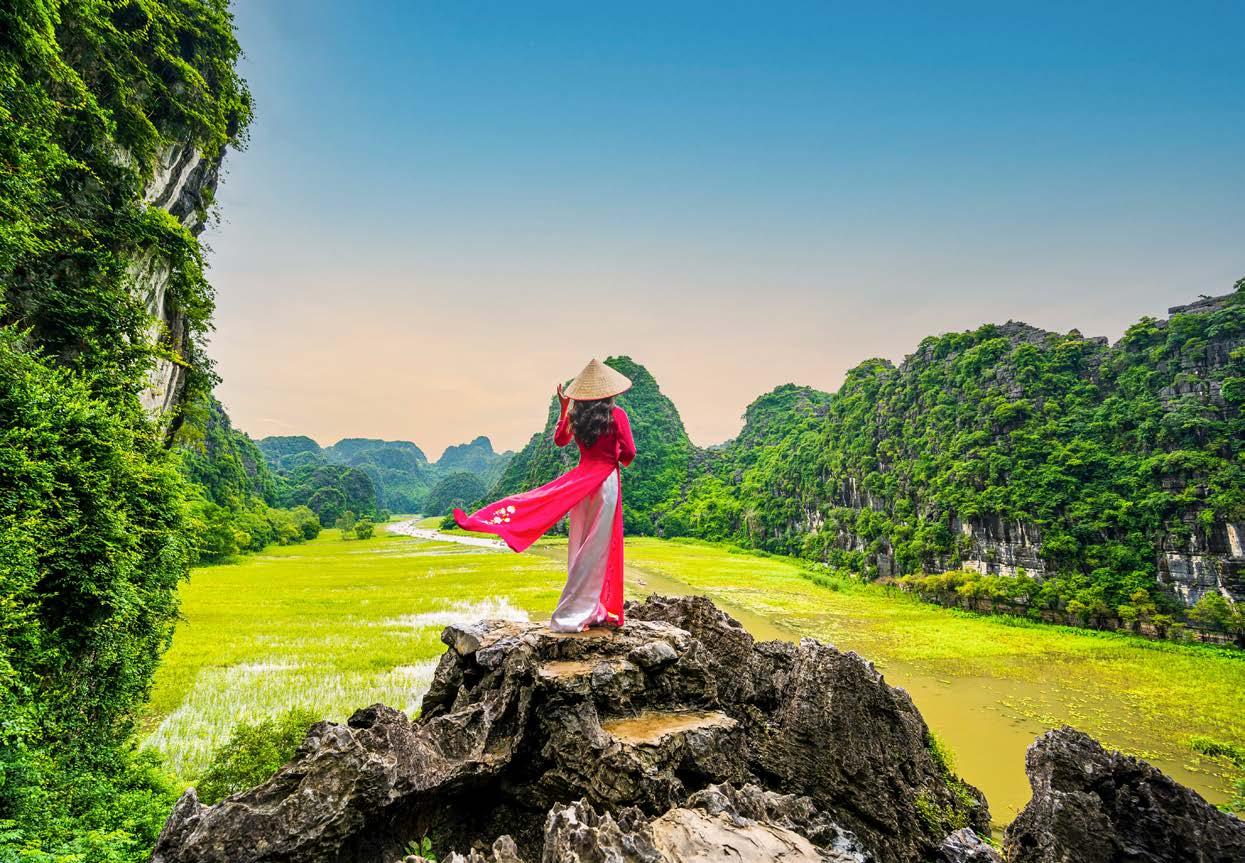Bangladesh is a treasure trove of history and culture, boasting numerous remarkable archaeological sites of Bangladesh that offer a glimpse into the country’s rich and diverse past. From ancient Buddhist monasteries to grand Hindu temples and medieval Muslim architecture, the archaeological sites of Bangladesh are not just remnants of the past, but living narratives of art, religion, trade, and civilization. If you’re someone who loves history, travel, or both, then exploring the archaeological sites of Bangladesh should be at the top of your list. In fact, the Archaeological Sites of Bangladesh are considered among the most valuable cultural assets in South Asia. With each site, you discover stories that span centuries. The archaeological sites of Bangladesh range from the majestic ruins of Mahasthangarh to the spiritual beauty of Paharpur. As you plan your journey, keep in mind that visiting the archaeological sites of Bangladesh will not only enhance your understanding of history but also connect you deeply with the heritage of the region. Whether you’re exploring ancient stupas or centuries-old mosques, the archaeological sites of Bangladesh always have something unique to offer. These archaeological sites of Bangladesh are more than just tourist destinations—they are cultural landmarks. Start your exploration today and be prepared to be amazed by the archaeological sites of Bangladesh and their timeless appeal.
1. Mahasthangarh
Mahasthangarh, located in Bogura, is one of the oldest and most significant archaeological sites of Bangladesh. This ancient city dates back to at least the 3rd century BCE and was once a thriving urban center. The site is home to a fortified city wall, ancient temples, and relics that reflect a rich Hindu and Buddhist past. Mahasthangarh is a must-visit for anyone interested in discovering the roots of the archaeological sites of Bangladesh.
2. Somapura Mahavihara (Paharpur)
A UNESCO World Heritage Site, Somapura Mahavihara in Paharpur is one of the most majestic archaeological sites of Bangladesh. This massive Buddhist monastery was a major intellectual hub during the Pala dynasty. The architectural style of this site influenced construction in many parts of South Asia. Its grandeur and layout make it one of the most well-preserved archaeological sites of Bangladesh.
3. Mainamati Ruins
The Mainamati ruins, located in Comilla, represent a fascinating collection of Buddhist archaeological remains. These include Shalban Vihara, Itakhola Mura, and Kotila Mura, each showcasing ancient religious practices and architecture. Among the archaeological sites of Bangladesh, Mainamati holds a special place due to its spiritual ambiance and historical significance.
4. Panam City
Situated in Sonargaon, Panam City is one of the most visually captivating archaeological sites of Bangladesh. It features rows of colonial-era mansions built by wealthy Hindu merchants in the 19th century. Despite the decay, the narrow streets and aged buildings evoke a nostalgic charm, making it one of the more photogenic archaeological sites of Bangladesh.
5. Kantaji Temple
The Kantaji Temple in Dinajpur is a stunning example of terracotta temple architecture and one of the most revered archaeological sites of Bangladesh. Built in the 18th century, this Hindu temple is covered in intricate carvings depicting mythological stories. It remains one of the most artistically rich archaeological sites of Bangladesh.
6. Lalbagh Fort
Located in Dhaka, Lalbagh Fort is an unfinished Mughal fort complex that is now a major historical attraction. As one of the prominent archaeological sites of Bangladesh, the fort includes a mosque, audience hall, and the tomb of Pari Bibi. It offers a peek into Mughal-era architecture and politics, cementing its place among iconic archaeological sites of Bangladesh.
7. Halud Vihara
Close to Paharpur, Halud Vihara is another Buddhist site from the Pala period. Though not as grand as Somapura, it is important in understanding the monastic layout and lifestyle of ancient monks. For those deeply interested in religious heritage, this is one of the lesser-known but meaningful archaeological sites of Bangladesh.
8. Wari-Bateshwar
This site in Narsingdi is considered one of the earliest urban archaeological discoveries in Bangladesh. Wari-Bateshwar reveals ancient fortifications, coins, and artifacts dating back to 450 BCE. Among the archaeological sites of Bangladesh, this site provides evidence of pre-Mauryan trade networks.
9. Kusumba Mosque
Kusumba Mosque in Naogaon is one of the few surviving examples of stone-built mosques from the Sultanate period. It showcases exquisite black basalt carvings and is often considered one of the most beautiful archaeological sites of Bangladesh from the Islamic era.
10. Bagerhat
Also a UNESCO World Heritage Site, Bagerhat is a historic city filled with Islamic monuments built during the 15th century by Turkish general Ulugh Khan Jahan. The Sixty Dome Mosque is its centerpiece and a standout among the archaeological sites of Bangladesh for its massive scale and artistry.
Why Choose Us for Your Heritage Tour?
We are passionate about showcasing the best archaeological sites of Bangladesh to both local and international travelers. With expert guides, personalized itineraries, and a commitment to preserving historical integrity, we ensure your experience is educational, immersive, and unforgettable. Whether you’re a student, historian, or casual traveler, our tours are crafted to help you explore the most iconic archaeological sites of Bangladesh with comfort and depth.
Frequently Asked Questions (FAQs)
Q1: What is the best time to visit the archaeological sites of Bangladesh?
A1: The cooler months from November to February are ideal for exploring the archaeological sites of Bangladesh, thanks to the pleasant weather and dry conditions.
Q2: Are these sites accessible for international tourists?
A2: Yes, most archaeological sites of Bangladesh are well-connected by road and public transport, with entry points available for foreign visitors.
Q3: Do I need a guide to explore the archaeological sites of Bangladesh?
A3: While not mandatory, having a guide greatly enhances your experience by providing historical context and ensuring you don’t miss key highlights.
Q4: Are there any entrance fees for these sites?
A4: Some archaeological sites of Bangladesh do charge a nominal entrance fee, especially UNESCO World Heritage Sites.
Q5: Can I take photographs at these sites?
A5: Yes, photography is generally allowed, but some sites may have restrictions on drones or flash photography, so it’s best to check on arrival.



